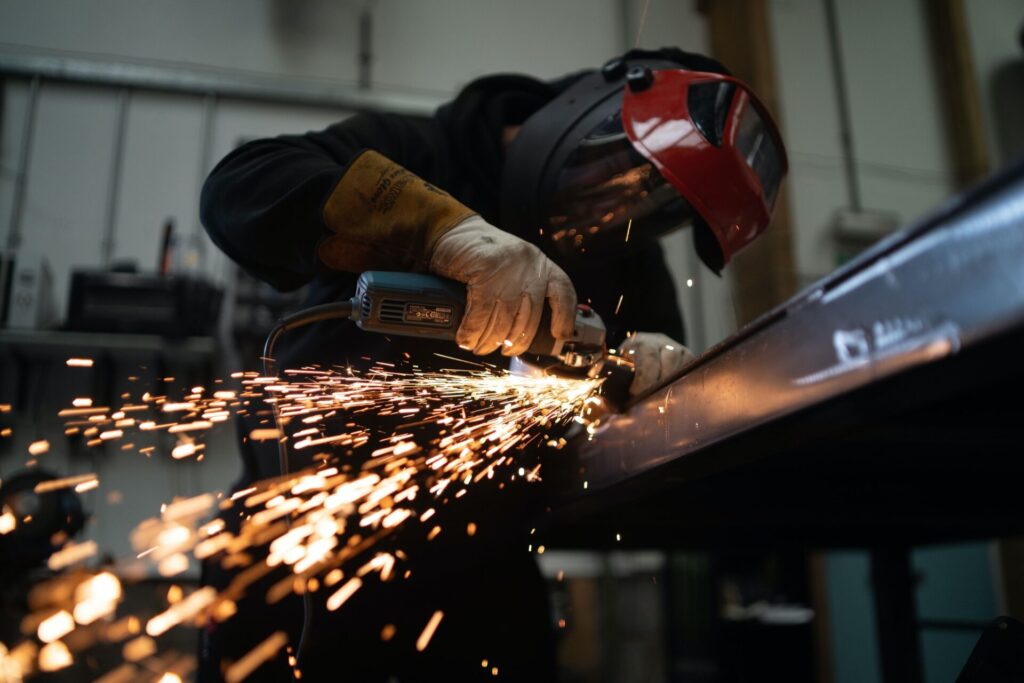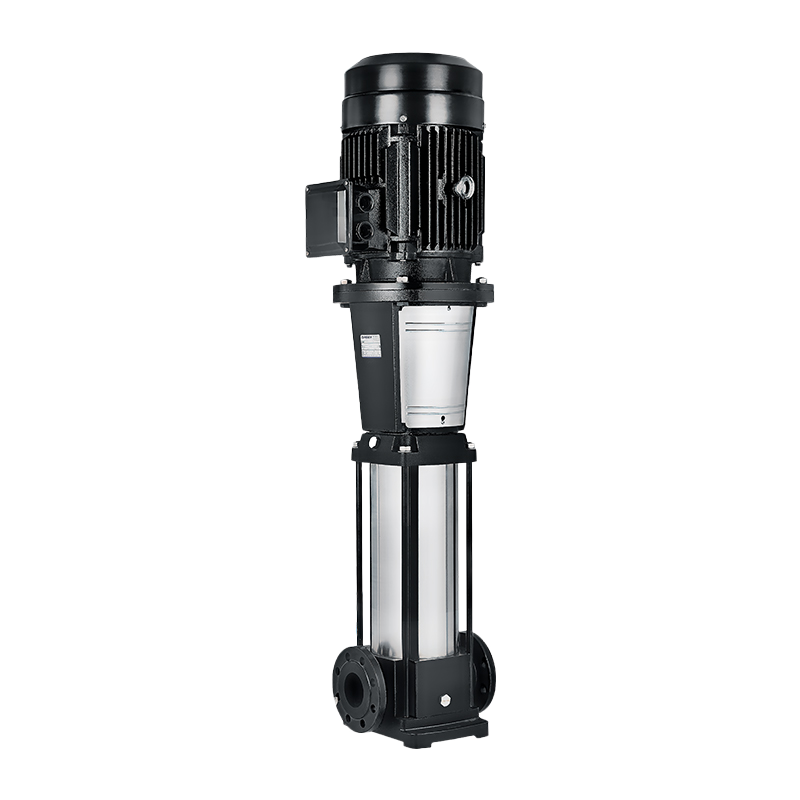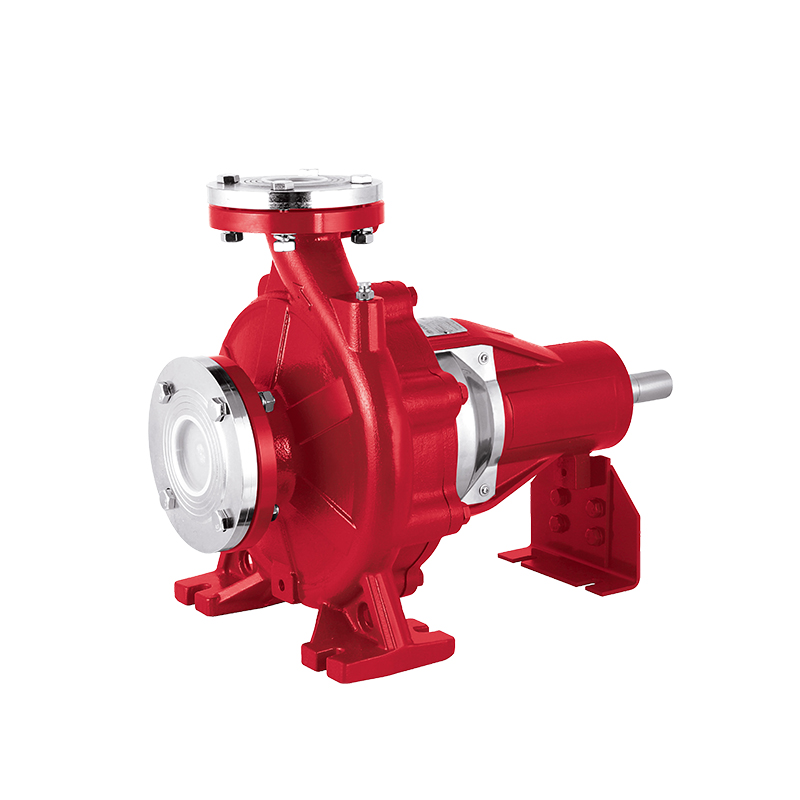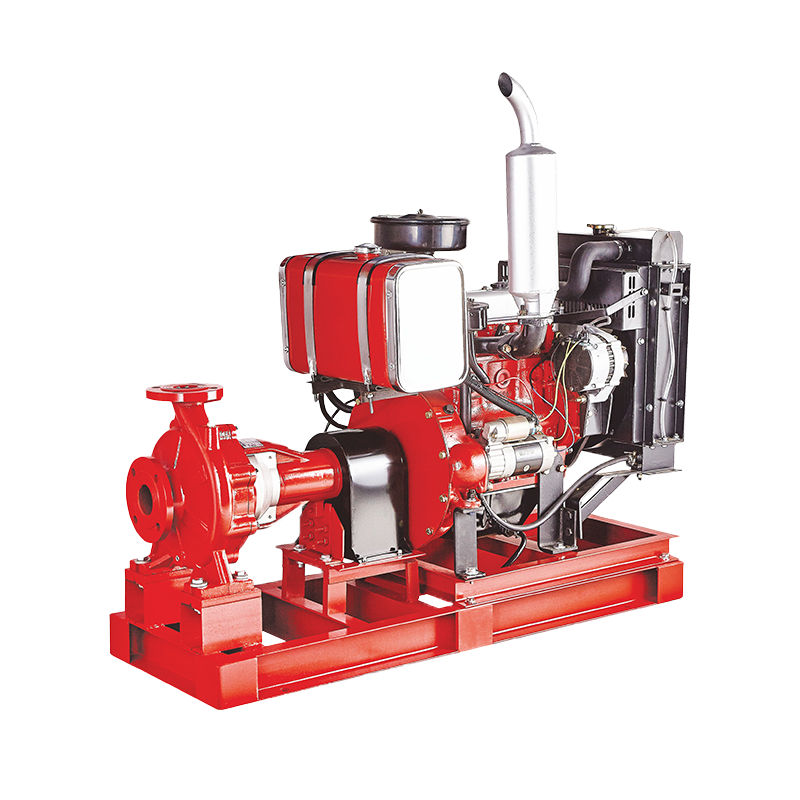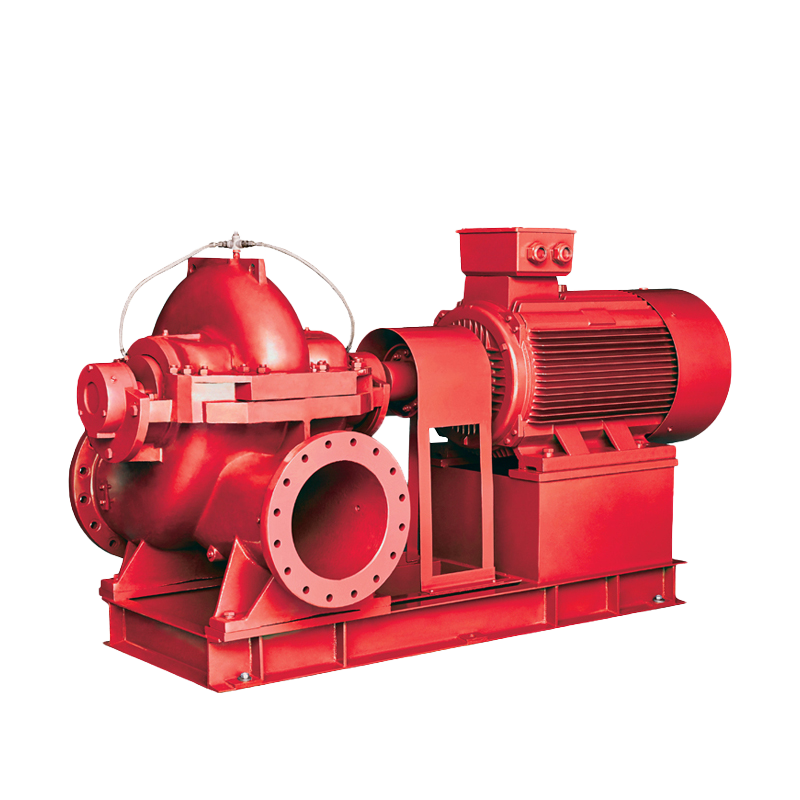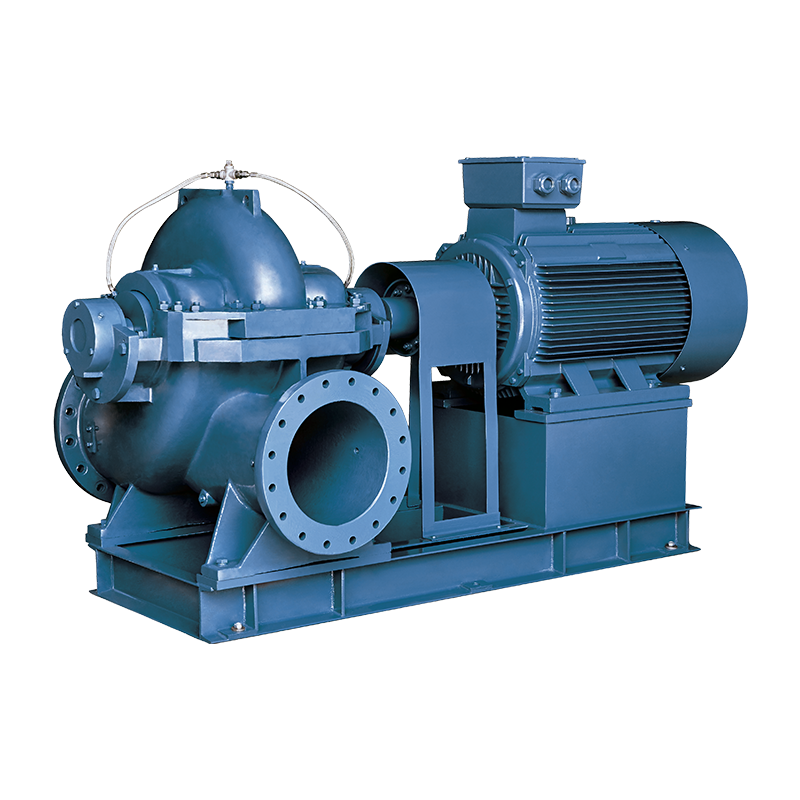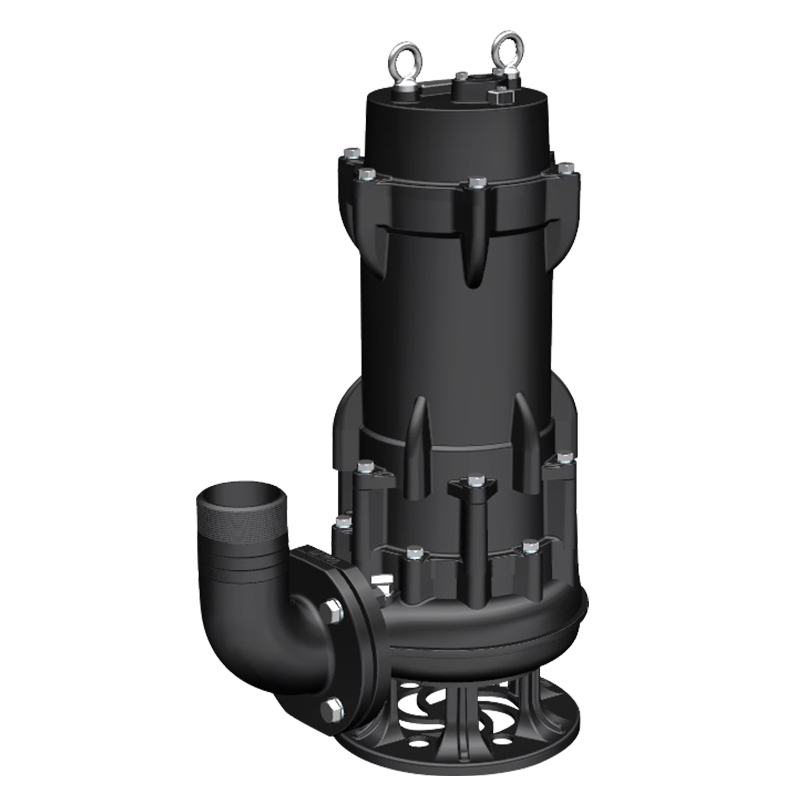What is a Multistage Pump? How It Works & Key Applications
A multistage pump is a type of centrifugal pump designed with multiple impellers or "stages" to generate higher pressure levels compared to single-stage pumps. By stacking several impellers in series, multistage pumps can efficiently handle applications requiring high head and precise pressure control. In this article, we’ll explore how multistage pumps work, their advantages, common applications, and tips for selecting the right pump for your needs.
How Does a Multistage Pump Work?
This pump utilizes a vertical, segmented structure, with the inlet and outlet designed as horizontal, coaxial lines. It features a built-in quick-install mechanical seal and a vertical motor. Axial forces are mitigated through hydraulic balancing and ball bearing support, and an intelligent protector provides protection against water shortages and overloads. Typical technical parameters include flow rates of 4.2-504 m³/h and lifts of 24-240 m. It boasts a compact footprint, low noise levels, and high energy efficiency, making it suitable for applications such as high-rise building water supply and drainage, fire protection systems, boiler circulation, and ultrafiltration and reverse osmosis water treatment. Structurally, it is available in bottom-inlet, top-outlet, and horizontal-inlet and horizontal-outlet configurations, with optional cast iron or all-stainless steel components.
Types of Multistage Pumps
Horizontal Multistage Pumps:
Compact, easy to maintain, and suitable for industrial applications like boiler feed systems.
Vertical Multistage Pumps:
Space-efficient, often used in deep-well pumping, HVAC systems, and water supply networks.
Key Advantages of Multistage Pumps
High Efficiency:
Optimized for applications requiring consistent high pressure.
Energy Savings:
Lower energy consumption compared to single-stage pumps at high heads.
Compact Design:
Vertical models save space while delivering powerful performance.
Reliability:
Robust construction reduces maintenance needs and extends lifespan.
Common Applications of Multistage Pumps
Water Supply: High-rise buildings, irrigation, and municipal water systems.
Industrial Processes:
Boiler feed, reverse osmosis (RO), and cleaning systems.
HVAC Systems:
Circulation and pressure boosting in heating/cooling networks.
Mining and Oil & Gas:
Dewatering, injection, and pipeline services.
Key Points for Selecting a Vertical Multistage Pump
Flow Rate and Head:
Determine parameters based on actual needs to avoid overloading or underloading. For example, in high-rise buildings, the total head should be calculated based on the floor height and the number of users.
Media Characteristics:
Consider temperature, viscosity, corrosiveness, and other factors to select appropriate materials for flow components. For example, when pumping media containing particles, a wear-resistant impeller is required.
Efficiency and Energy Consumption:
Prioritize energy-efficient models to reduce long-term operating costs.
Multistage pumps offer a reliable, energy-efficient solution for high-pressure applications across industries. By understanding their working principles, advantages, and use cases, you can make an informed decision to optimize your fluid systems. For expert guidance and premium multistage pump solutions, consult a trusted supplier to ensure performance and longevity.
 English
English عربى
عربى
 Fire Pump and System
Fire Pump and System Split Case Pump
Split Case Pump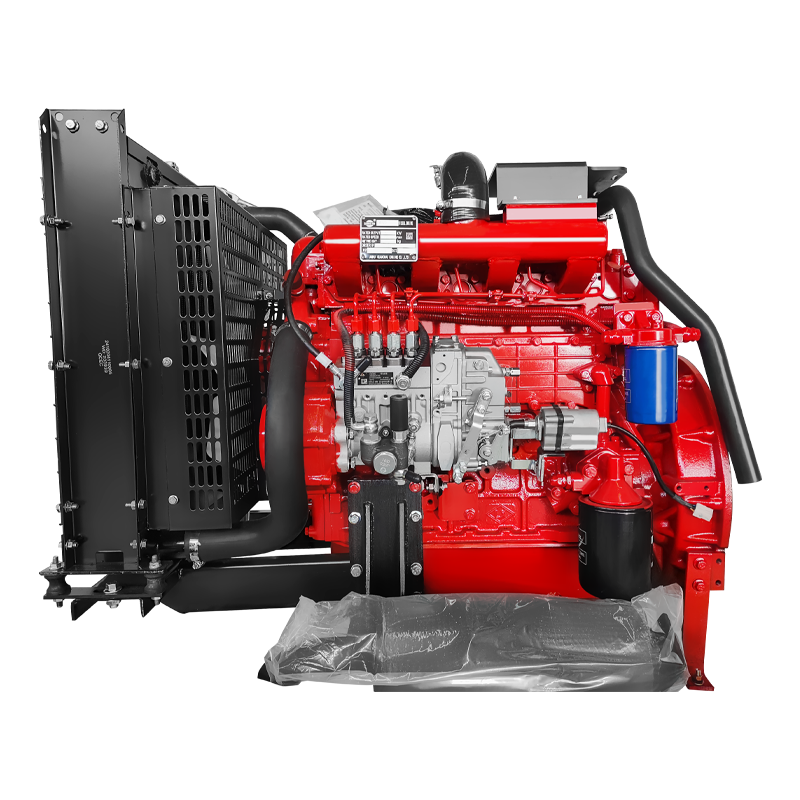 Engine and Pump
Engine and Pump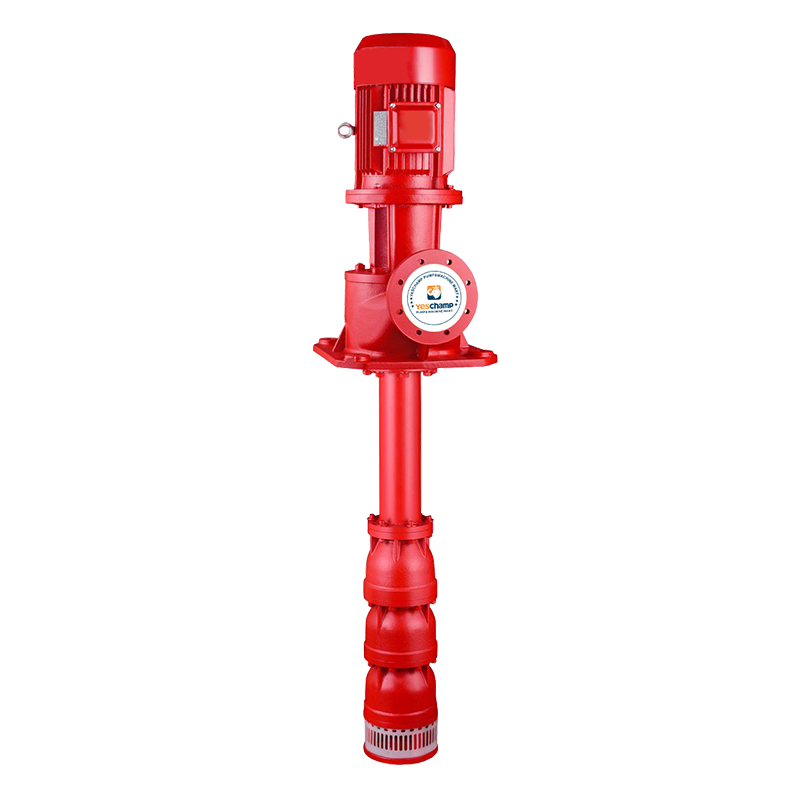 Long Shaft Pump
Long Shaft Pump Multistage pump
Multistage pump Water Supplier System
Water Supplier System Sewage Pump
Sewage Pump Industrial Pump
Industrial Pump Self-Priming Pump
Self-Priming Pump Inline Pump
Inline Pump Domestic Pump
Domestic Pump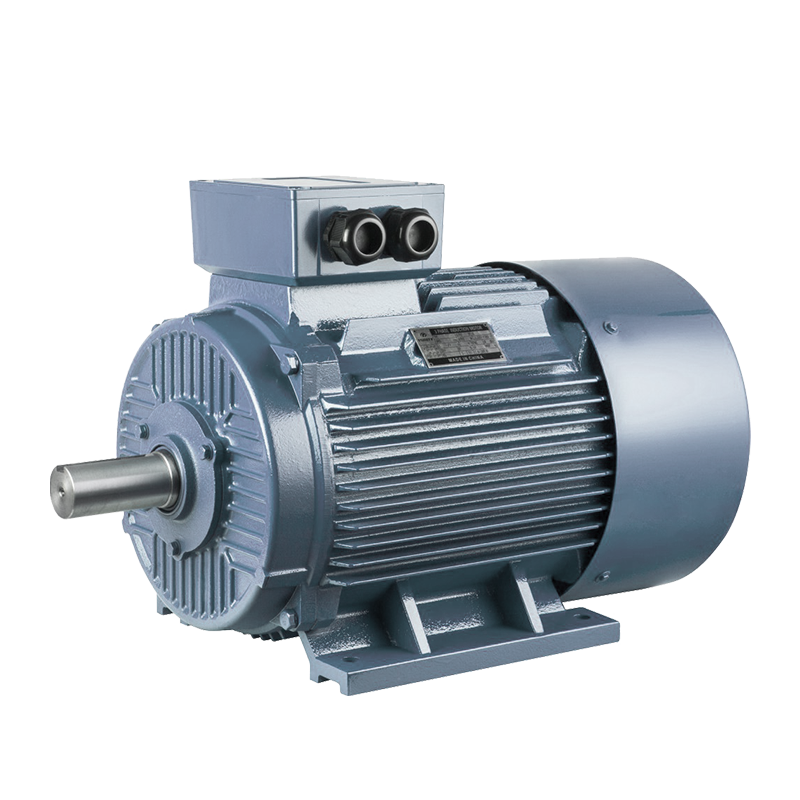 Electric Motor
Electric Motor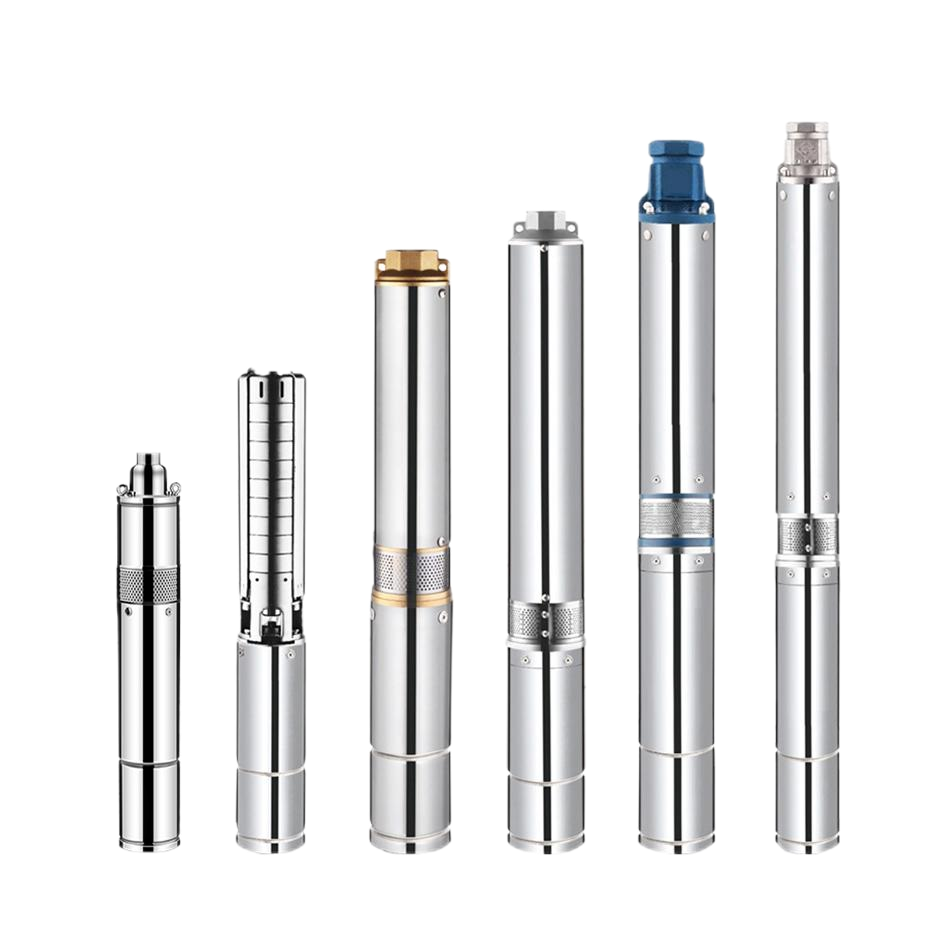 Borehole Pump
Borehole Pump